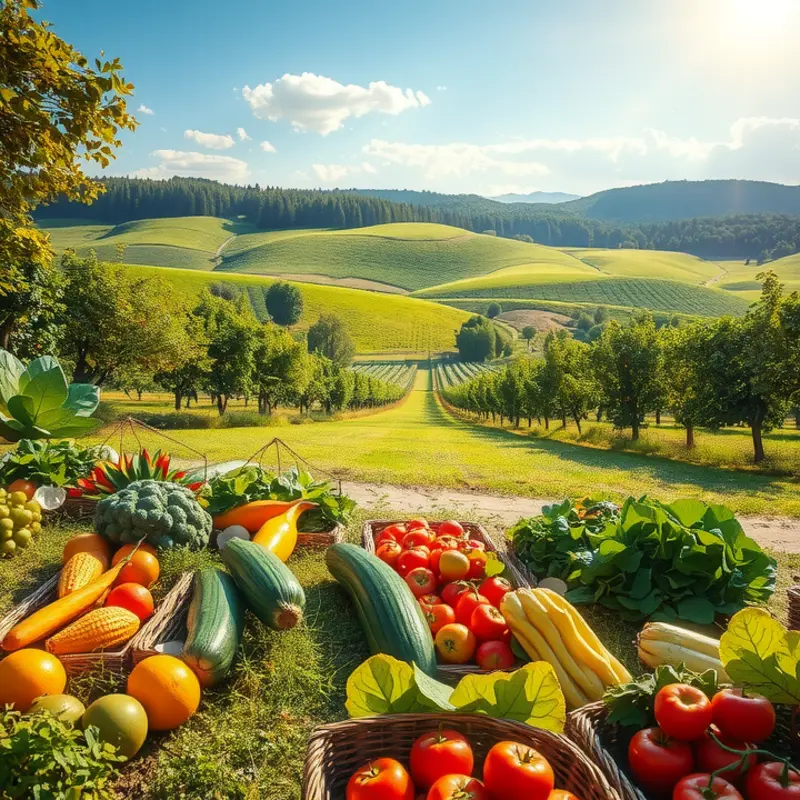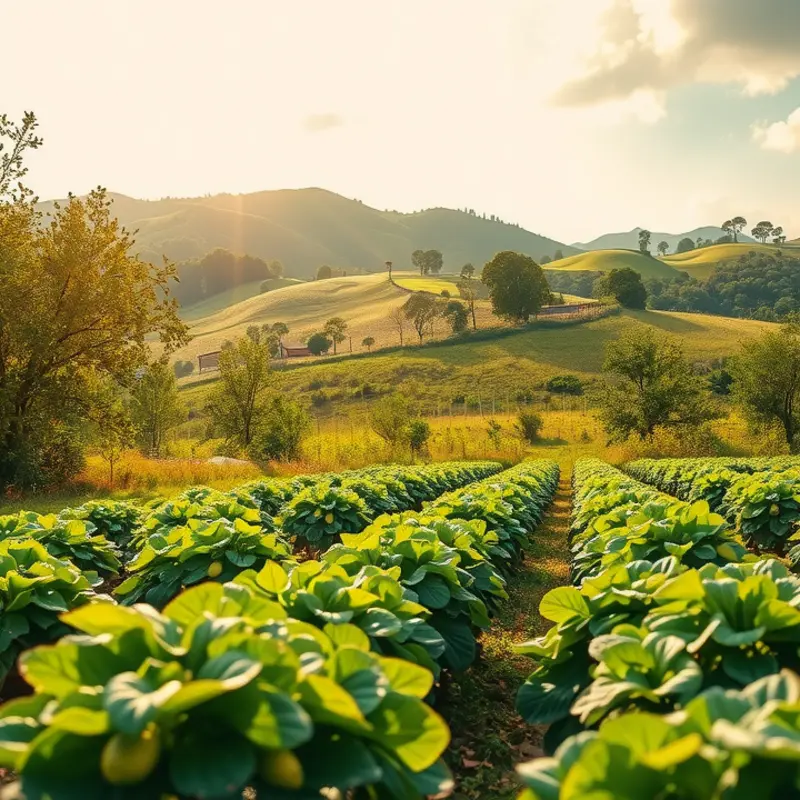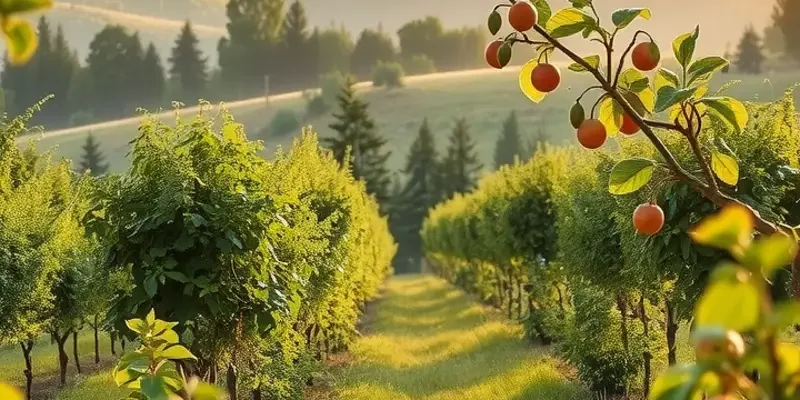Tea is more than just a beverage; it’s a messenger of culture, an emblem of tradition, and a centerpiece of community gatherings. Across different countries, tea ceremonies are infused with unique customs, philosophies, and rituals that reflect the heart of their societies. From Japan’s Zen-like precision to Morocco’s vibrant displays, each ceremony offers a distinct window into its culture’s values and practices. Join us as we journey through the lush landscapes and aromatic experiences associated with tea ceremonies around the globe.
Japanese Tea Ceremony: The Art of Simplicity

The Japanese tea ceremony, or ‘Chanoyu’, is a revered cultural ritual that encapsulates the essence of simplicity, tranquility, and mindfulness. It is not merely about drinking tea but performing an art that unfolds with grace and precision, reflecting the beauty found in a moment of stillness. The ceremony incorporates the philosophy of ‘Wabi-Sabi’, which celebrates imperfection, impermanence, and the profound beauty found in simplicity.
The tools used in Chanoyu are themselves a testament to this philosophy. Each piece, from the delicate tea bowl (chawan) to the graceful bamboo whisk (chasen), carries its own story and aesthetic. These tools are chosen for their ability to enhance the spiritual and visual aspects of the ceremony, ensuring that every element of the experience is harmoniously intertwined.
The ritual begins with the host meticulously preparing the space, often in a tearoom that emphasizes natural beauty and simplicity. The host’s actions are deliberate and rhythmic, from cleaning the utensils to arranging the teaware. This process not only prepares the environment but also serves to center the mind and body, fostering an atmosphere of contemplation and respect.
Each step in the ceremony is imbued with symbolic significance. The host and guests unite to create a shared experience that revolves around principles of harmony (wa), respect (kei), purity (sei), and tranquility (jaku). The guests play a critical role by embodying mindfulness and gratitude, responding to the host’s gestures with sincere appreciation.
The tea itself is carefully whisked in the bowl until it reaches the desired frothiness. This act demands attention and practice, elevating the simple task of making tea into a focused meditation. As the matcha is presented to the guests, it serves as a connection between individuals, inviting a momentary pause in the stream of daily life.
Integral to the ceremony are the roles of both host and guest, each essential in creating the shared sacred space. The host bears the responsibility for guiding the ritual, instilling each movement with precision and meaning. Guests, in turn, bring awareness and gratitude, enhancing the spirit of the gathering through their active participation.
The Japanese tea ceremony is a profound reflection of the broader cultural appreciation of reverence and respect. It aligns naturally with the principles of mindful living, similar to practices in other cultures that emphasize the importance of awareness in daily routines. Those interested in exploring mindful eating might find insights in addressing unconscious eating, where simple, conscious actions transform the experience of nourishment.
Ultimately, Chanoyu offers a thoughtful escape from the complexity of modern existence, transporting participants to a realm of serenity where beauty emerges from the humble act of preparing and enjoying a cup of tea. It is an enduring tradition that invites us to find tranquility in simplicity, celebrating the elegance of nature and humanity in harmonious balance.
Moroccan Tea Ritual: A Celebration of Hospitality

In Morocco, tea is more than just a beverage; it is an essential part of the culture, symbolizing hospitality and camaraderie. The heart of any Moroccan tea ceremony is the preparation and serving of sweet mint tea, known locally as ‘atay bi na’na.’ This cherished ritual offers a warm welcome to guests and is a vibrant expression of Moroccan social life.
The process begins with the selection of ingredients. Traditional Moroccan tea is made using green tea, typically a variety known as gunpowder tea. Fresh mint leaves, sugar, and boiled water complete the concoction, creating a sweet, fragrant brew that is both refreshing and invigorating.
Preparation of Moroccan tea is a dynamic art form. The tea is brewed lightly initially, then poured from a height to aerate the liquid. This technique not only mixes the ingredients more thoroughly but also creates a layer of froth atop the tea, a visual signifier of quality. This act of pouring becomes a performance in itself, often involving a slight flourish of the wrist, adding a touch of elegance to the ceremony.
Serving tea in Morocco is equally ceremonial, involving beautiful, patterned tea pots and the iconic slim, intricately decorated glasses. These glasses are often colorful, etched with designs that reflect Morocco’s rich artistic heritage. The glasses are typically small, encouraging social engagement as they need frequent refilling, prompting further conversation and connection.
Tea is usually served with a bounty of sweet or savory snacks, heightening the sensorial experience. Accompaniments might include dates, nuts, or delicate pastries, inviting guests to slow down and relish the moment. Moroccan tea time is characterized by its leisurely pace, allowing ample opportunity for discussion and storytelling.
The tea ceremony’s impact stretches beyond the personal, underpinning larger social structures. It is a way to build community, solidify alliances, or even negotiate business deals. By sitting together over tea, participants engage in the kind of personal interaction that fosters trust and mutual understanding.
For those interested in exploring further the culinary influences that have shaped global cuisines, consider visiting this resource on culinary influences from trade. Here, you can gain insights into how historical trade routes have colored our plates worldwide.
A Moroccan tea ceremony is a multifaceted reflection of cultural values, emphasizing warmth, hospitality, and connection. It invites participants to slow down, share in the simple pleasures of life, and fortify bonds that transcend the ordinary boundaries of interaction.
Final words
From the meditative tranquility of Japan’s tea ceremonies to the celebratory gatherings around Moroccan mint tea, the world of tea customs reveals a profound connection between tea and culture. Each ritual not only shares unique practices but also encapsulates the values, artistry, and community of its people. Engaging in these ceremonies invites one to step into these cultures, savoring not only the flavors but also the stories and traditions they embody. As you sip your next cup, consider how profoundly intertwined tea is with the human experience across the globe.








